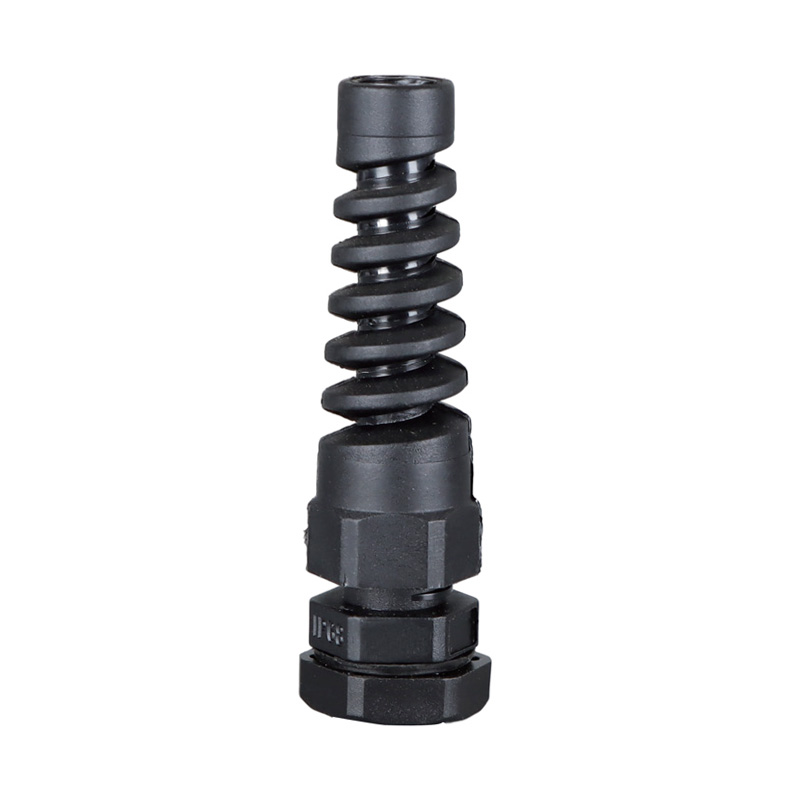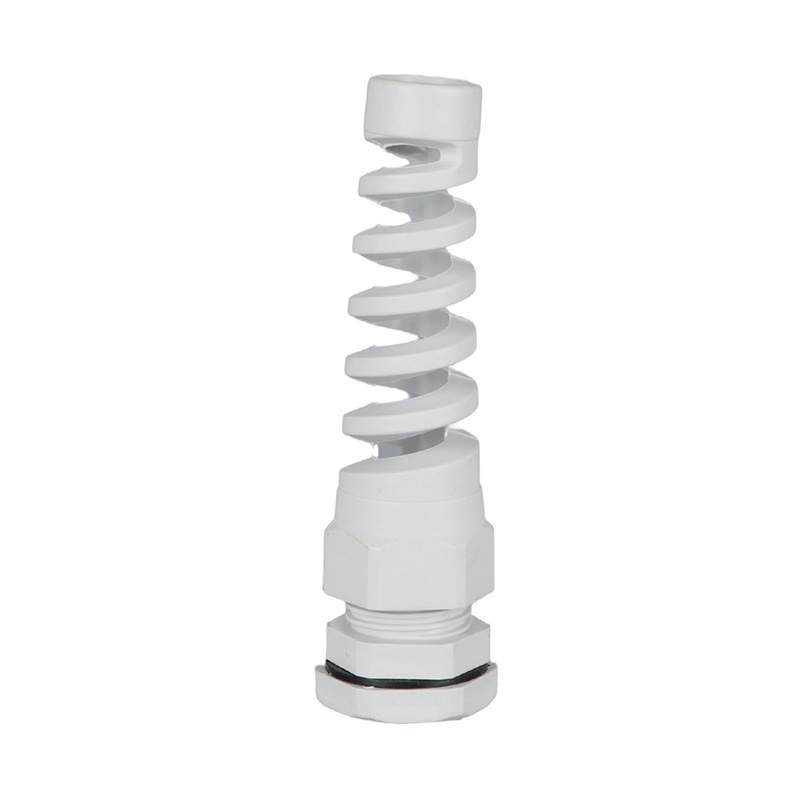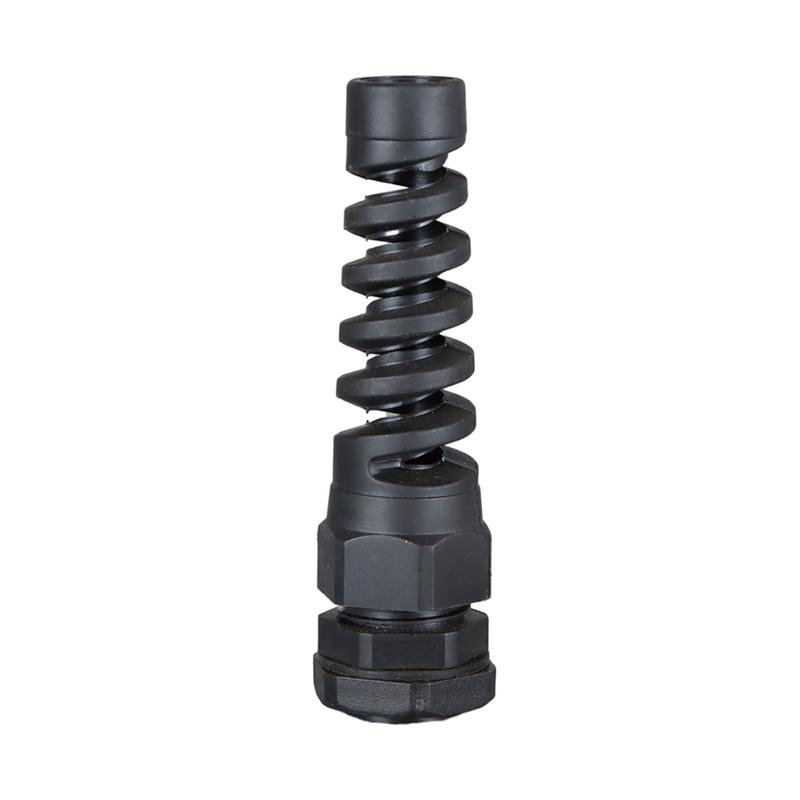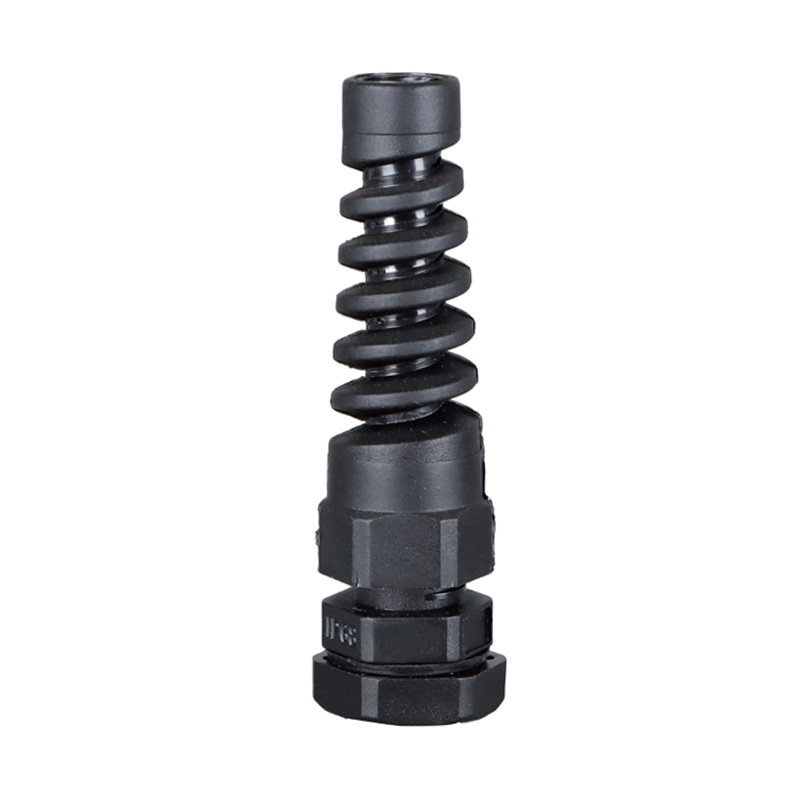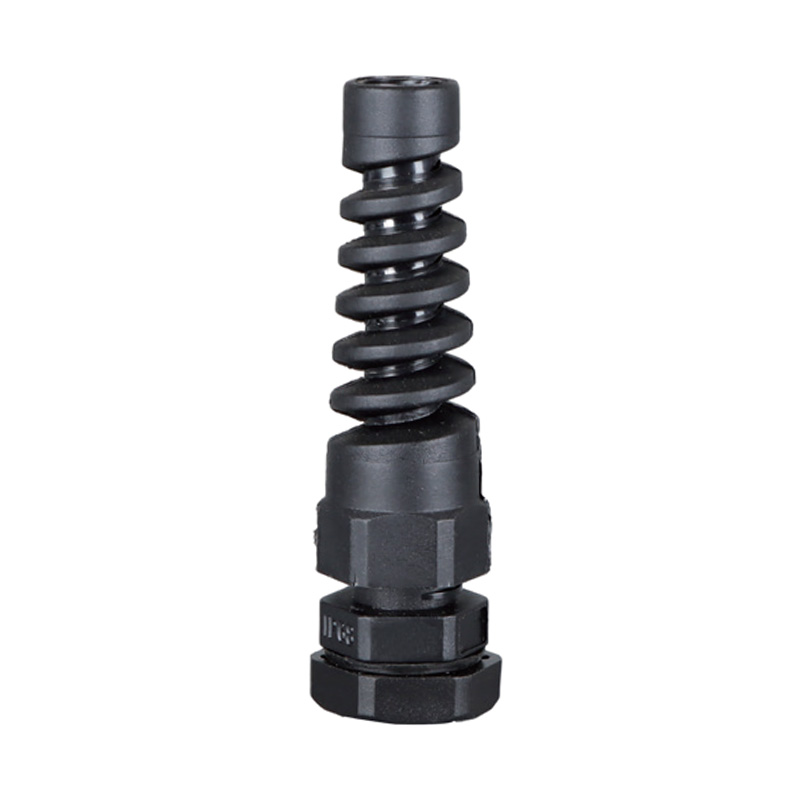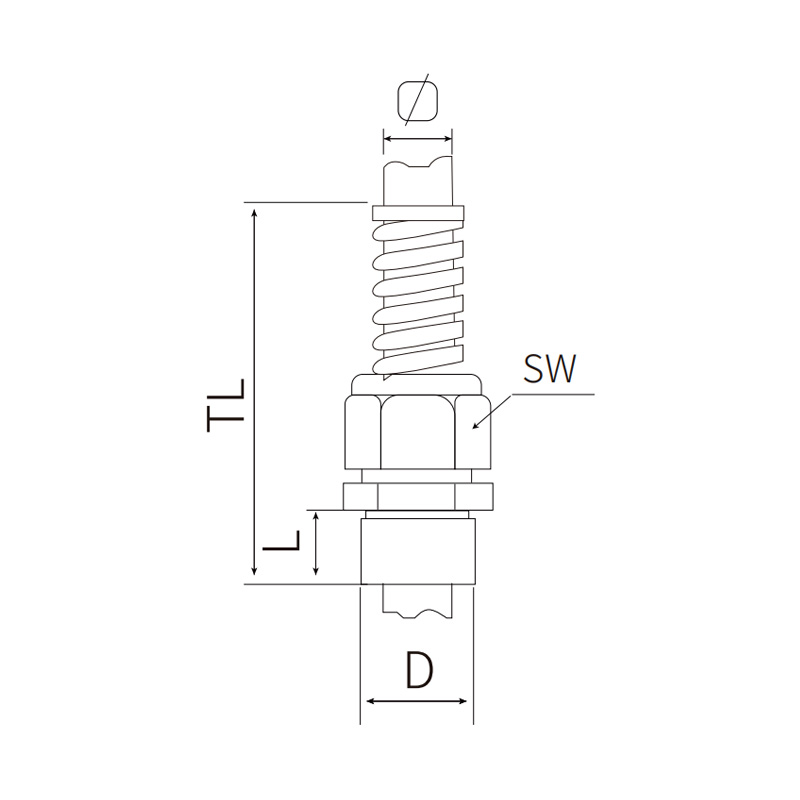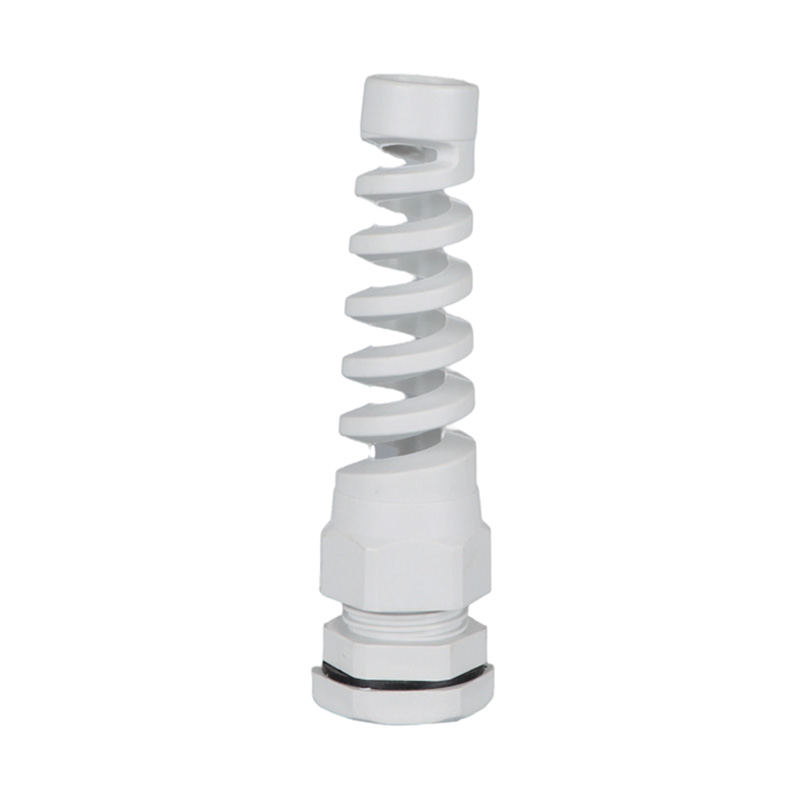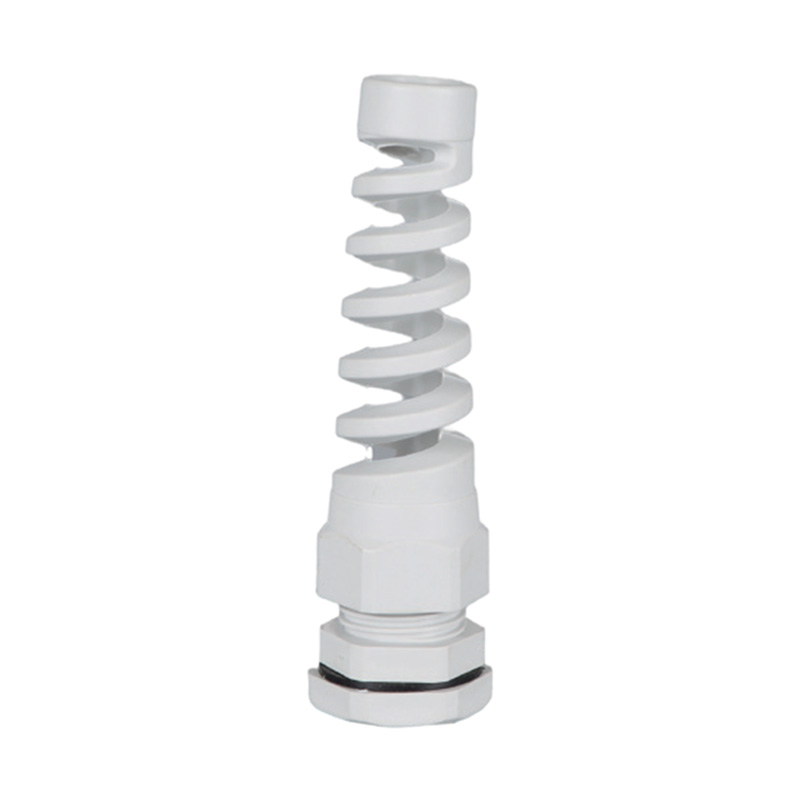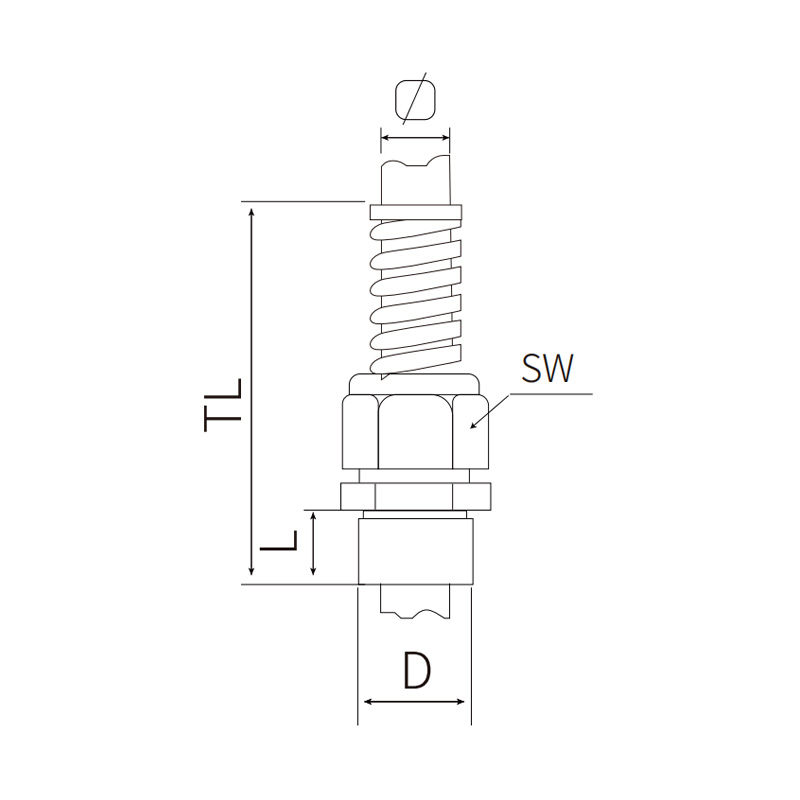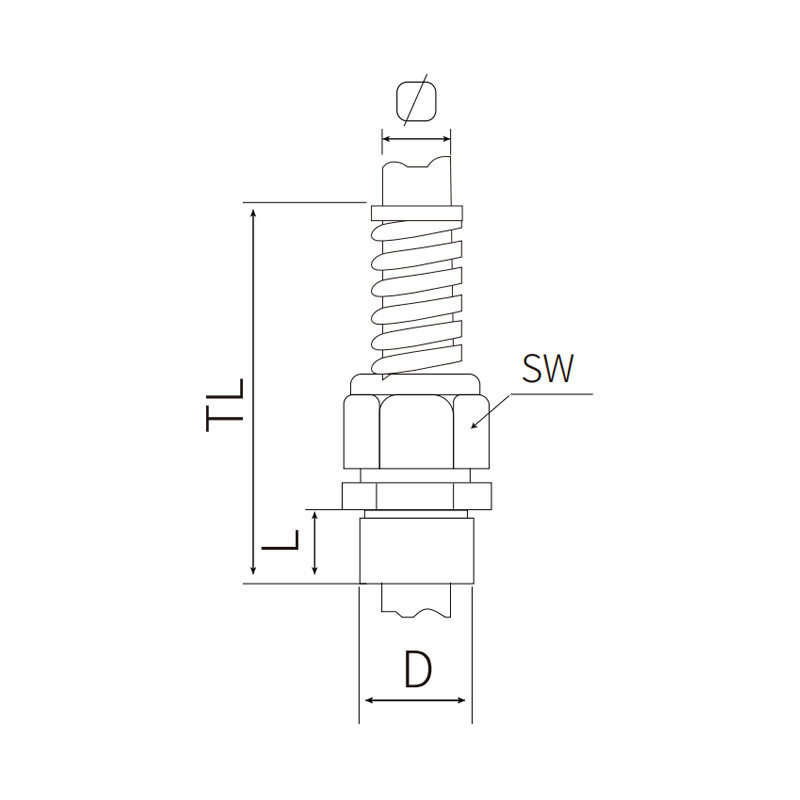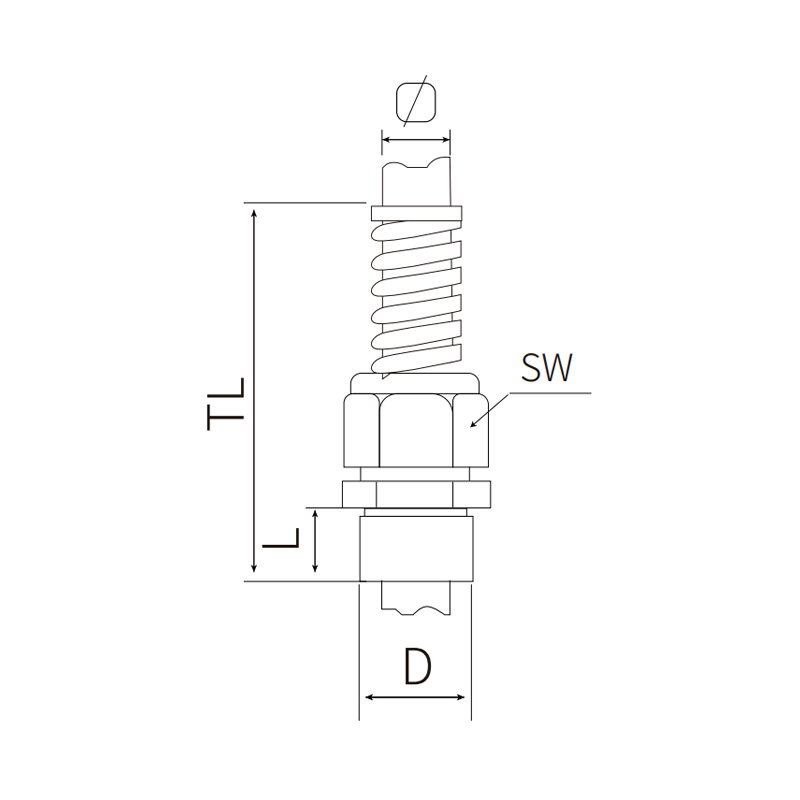Understanding and selecting the correct IP rating is essential when choosing a Waterproof Junction Box or Waterproof Distribution Box. It ensures safety, reliability, and long-term...
READ MORE-
-
Outdoor electrical installations face unique challenges that require specialized components to ensure their reliability and safety. Among the more important components are metal ca...
READ MORE -
Durability is a key factor when designing and maintaining electrical systems. With so many environmental challenges that electrical installations face—such as excessive temperature...
READ MORE -
Safety compliance is not just about adhering to regulations; it’s about protecting people, equipment, and infrastructure from the risks of electrical hazards. Electrical fires, sho...
READ MORE
Industry Knowledge Extension
What Are the Main Applications of Plastic Cable Gland?
Plastic cable glands are widely used in electrical and mechanical systems to secure and protect cables. Their applications can be divided into three key areas:
1. Industrial Electrical Installations
Plastic cable glands are essential in industrial environments where electrical wiring needs protection. They ensure that cables entering machines, panels, or control boxes are sealed against dust, dirt, and moisture. This prevents damage to sensitive equipment and prolongs service life. Their lightweight nature makes them easier to install in large-scale projects compared to metal options.
2. Communication and Networking Systems
In telecommunications and data centers, plastic cable glands are used to organize and secure fiber optic cables, Ethernet wires, and communication lines. They maintain cable alignment, reduce strain, and prevent accidental disconnections. This application ensures stable connections, which are critical for uninterrupted data transmission.
3. Outdoor and Renewable Energy Projects
Plastic cable glands are also used in outdoor applications such as solar panels, LED lighting, and renewable energy systems. With good resistance to UV and weathering, they protect cables from environmental exposure. This makes them suitable for long-term use in challenging outdoor environments without significant deterioration.
These three applications highlight how plastic cable glands support system reliability and safety across industrial, communication, and outdoor energy fields.
What Are the Advantages of Cable Gland RAL Colors Custom?
Cable gland RAL color customization allows manufacturers and users to select cable glands in specific standardized colors. This provides several practical advantages:
Improved Identification and Safety
One of the main advantages of RAL color customization is easy identification. Different colors can be assigned to different circuits, voltage levels, or system functions. This helps electricians and technicians quickly distinguish between cables, reducing the chance of errors during installation and maintenance. In safety-critical industries, this feature is especially valuable.
Enhanced Aesthetic Integration
In commercial and architectural projects, color-matched cable glands contribute to a professional appearance. For example, glands installed in visible areas such as control panels or exhibition systems can match surrounding equipment colors, creating a clean and uniform design. This visual consistency adds value to projects where aesthetics are important.
Support for Industry Standards and Branding
Custom RAL colors can also be aligned with company branding or specific industry standards. Manufacturers or service providers may choose colors that reflect their corporate identity or meet regulatory requirements. This advantage ensures both functional and marketing benefits, making cable gland customization an effective solution for many applications.
Cable gland RAL color customization enhances safety, aesthetics, and branding opportunities in modern projects.
Why Need a Plastic Industrial Cable Glands?
Plastic industrial cable glands play an important role in securing cables in different environments. Their necessity can be explained by looking at two main types:
Standard Plastic Industrial Cable Glands
Features:
Made from durable polyamide or ABS plastic.
Resistant to dust, water splashes, and mechanical stress.
Designed for general-purpose applications in control panels and machinery.
Advantage:
Standard plastic industrial cable glands are lightweight, easy to install, and cost-effective. They provide a reliable sealing solution for everyday electrical and mechanical projects, ensuring that cables remain securely fixed without risk of loosening.
High-Performance Plastic Industrial Cable Glands
Features:
Manufactured from reinforced plastics with higher resistance to chemicals, UV radiation, and temperatures.
Often designed with IP67 or IP68 sealing standards.
Suitable for demanding applications in outdoor or industrial plants.
Advantage:
High-performance plastic cable glands provide long-term durability, even in harsh environments. They ensure reliable cable protection in chemical industries, solar installations, and outdoor machinery, making them a dependable choice where traditional glands may fail.
Together, both types demonstrate why plastic industrial cable glands are essential: they combine cost efficiency, durability, and adaptability to meet a wide range of project requirements.


 English
English 中文简体
中文简体 Español
Español عربى
عربى

